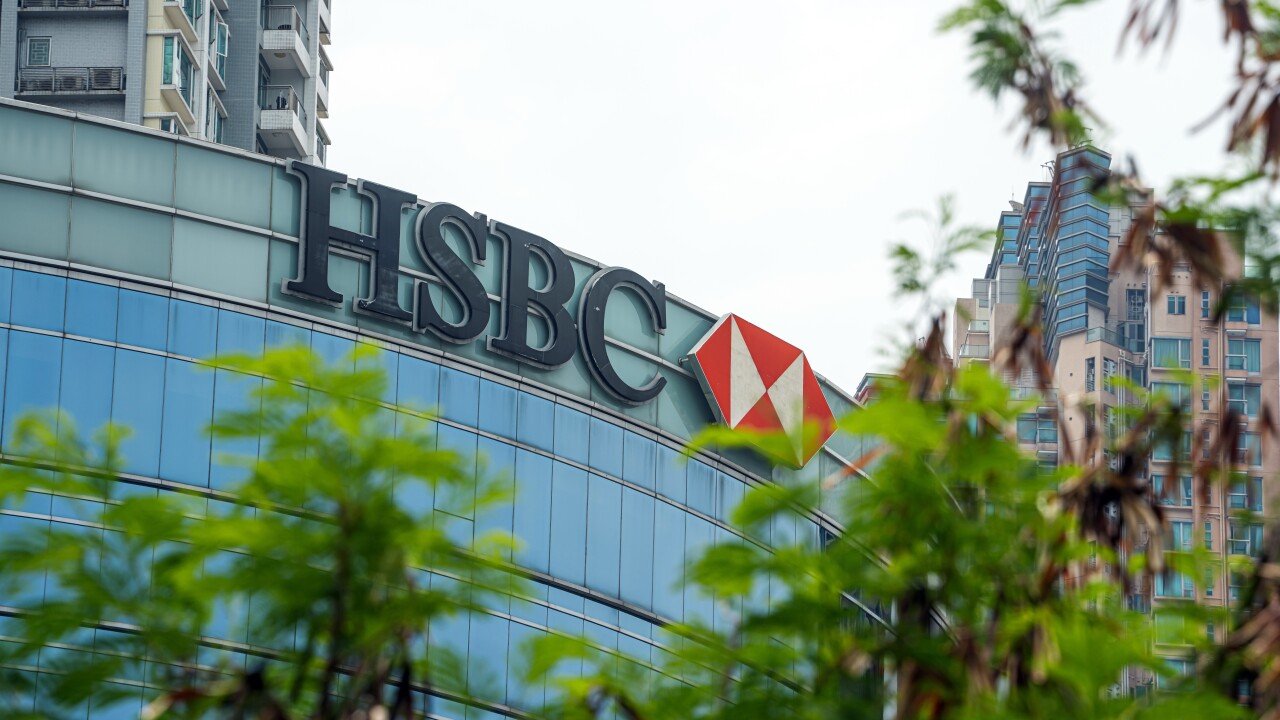Three years ago, payments technology provider
Ironically, having left the competition, the Des Moines, Iowa-based company now stands ready to benefit from expanded Federal Reserve payments offerings.
The Fed revealed this week it would begin providing its own real-time payments settlement service, called

Instead of competing with other faster payments providers, Dwolla determined it would generate more interest and scale by offering its services to the
"We'll be here to implement faster payments systems as they are ready," Dwolla CEO Ben Milne said. "I'm really excited to see the Fed taking a stance."
In a period of about eight years, Dwolla has transformed from a mobile wallet concept used in small businesses and coffee shops, to one developing the FiSync protocol for banks to more easily embrace faster payments rails, and then to
"I'm not sure any payment platform will be successful without integration to Fed services that are in demand," Milne said. "We integrate with various Fed services today and will continue to do so in the future."
After the Fed announced in October of 2018 that it would seek input on a proposal for a real-time settlement service, one of the original presenters, The Clearing House, took the lead on faster payments with its Real-Time Payments rails, while the Automated Clearing House also locked in Same-Day ACH.
Dwolla will continue to build proprietary services "to help solve a problem, but that's only to fill a gap in the market," Milne added. "Sometimes that gap is aspirational, sometimes it is not."
For its part, The Clearing House will continue to operate its RTP network and coexist with any other service available, though the bank-owned operation had feared a Fed system could slow progress and create unneeded competition.
Because it somewhat fell out of the faster payments race, Dwolla finds itself ready to adjust to what other companies — and the Fed — have in the works.
"Dwolla is here to support our clients' innovations," Milne said. "Many of those innovations are built on our implementations of FedACH and FedWire, as well as other services, so FedNow is something we're excited to add to our offering."
However, there is no denying that FedNow adds to a bigger mix of faster payments systems from providers like Dwolla, The Clearing House, ACI Worldwide, Linked2pay, Visa Direct, Mastercard Send and others.
"A company like Dwolla could undoubtedly go out and offer a faster payments scheme, but it's going to be a matter of finding buyers and sellers," said Thad Peterson, senior analyst with Boston-based Aite Group. "For any provider, it is a matter of getting critical mass, as it is essentially the same idea as starting a new scheme with credit cards in need of buyers and sellers."
Because the number of faster payments schemes could eventually confuse businesses, merchants and processors alike, it might have been better for the Fed to simply publish its set of standards for faster payments rails, Peterson said. "It would be like EMVCo for the EMV standards."
"The Fed could have created the framework of the ecosystem, put it on the market and have everyone play on an interoperable platform," Peterson said. "Then it wouldn't matter who was providing the service."
For now, Dwolla is concentrating on selling an API integration for what the client is building on top of the Dwolla platform and making connections to ACH and other networks through a white-label process.
It also intends to work with industry experts as the U.S. catches up to other markets where faster payments systems are more mature.
"This is a complex space with an innumerable number of outcomes," Milne said. "In the short, mid and long term, we'll be here to support our clients' innovations and that means bringing the Fed innovations to market at whatever speed is made possible by providers."





